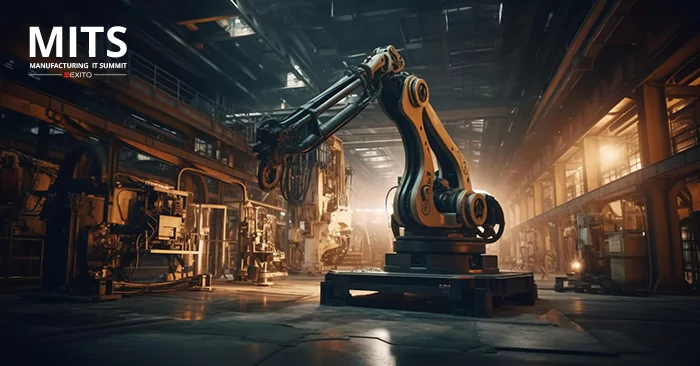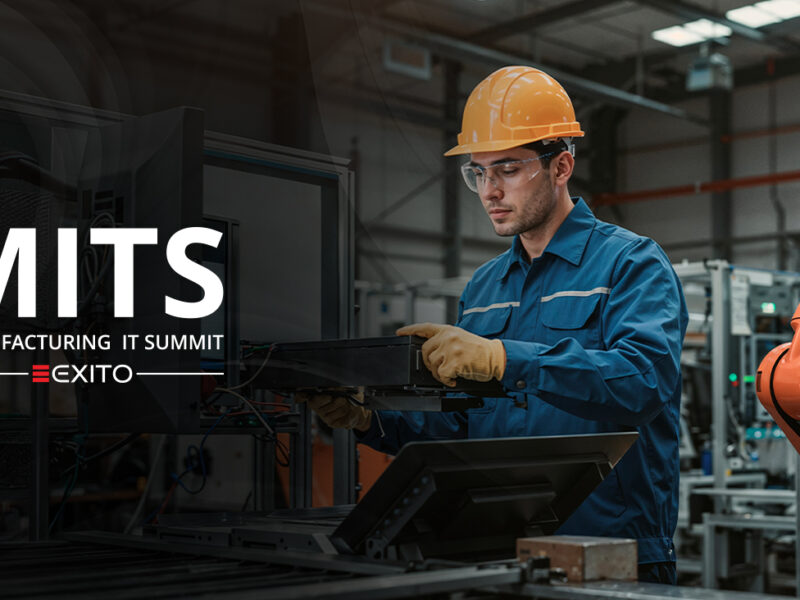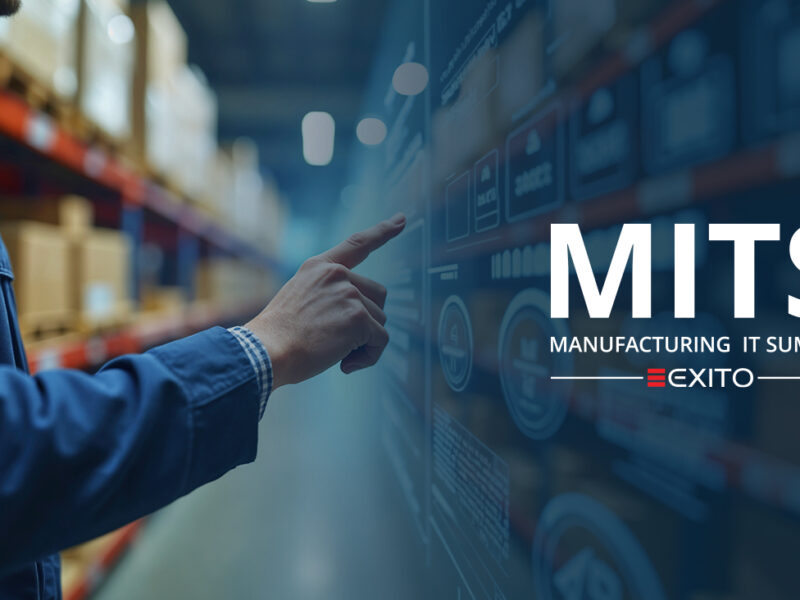Introduction
Industry 5.0 is solely here to combine the expertise of both human labor and machines to create efficient and constructive manufacturing activities. The primary aim of Industry 5.0 is to strengthen the way humans interact with machines to accomplish excellent outcomes. While Industry 4.0 digitized the manufacturing industry to a great extent, Industry revolution 5.0’s role is a more holistic one where it focuses on building a stable relationship between humans and technology. This is centered more towards promoting sustainable practices and voicing out the global challenges.
The fundamental components of the 5th Industrial Revolution are as follows
- AI and Machine Learning: Facilitating progress in automation, robotics and other relevant processing services.
- Nanotechnology : Uplifting industries such as healthcare, manufacturing etc, with distinct material components
- Biotechnology: Reshaping industries such as agriculture, medicines, Biodiversity preservation.
- Internet of Things (IoT) : Creating a world that’s connected through various streamlined channels and resource optimization
- Human-machine cooperation: Enhancing creativity and cooperation between machines and humans.
The advantages of Industry 5.0
1.Efficient processing
The combined effort of both machines and humans enables smooth functioning of manufacturing processes. Machines are capable of performing complex and recurring tasks whereas humans can focus on tasks that involve problem-solving skills and human-centric creativity skills.
2.Improved productivity levels
Industry 5.0 makes it easy to customize certain manufacturing processes which can in-turn increase productivity levels.
3.Better quality
After the emergence of human-machine interaction through Industry 5.0, there’s better quality control and less occurrence of defects
4.Cost reduction
Industry 5.0 can reduce costs drastically by mindfully optimizing resources and improving efficiency.
Impacts and possible challenges posed by integration of Industry 5.0
Industry 5.0 is all set to bring a revolutionary impact on various industries ranging from education, healthcare to energy, agriculture, etc. Even after AI and automation have proved to transform the job market, more attention is given to skills like critical thinking, problem solving, creativity that only humans can exhibit. Industry revolution 5.0 is here to address complex issues like lack of cyber privacy, security and emerge with effective solutions for the same.
However, despite the innumerable advantages and features of Industry 5.0, this industry like any other comes bearing some challenges that may be hard to overlook, those challenges include:
- Intense training : The whole process of machines collaborating with humans requires hours and hours of training which can be extremely pricey and time-consuming.
- Risk of Cybercrimes : Utilizing digital technology in the manufacturing industry may result in increased cyber attacks.
- Regulatory issues : The utilization of new technology may prompt questions about government regulation and safety rules.
Conclusion:
Industry revolution 5.0 has the potential to empower manufacturing sectors and foster a powerful human-machine relationship. By addressing the most concerning environmental issues, promoting inclusivity and ethical practices, Industry 5.0 is purely benefiting humanity in ways we couldn’t have imagined.


